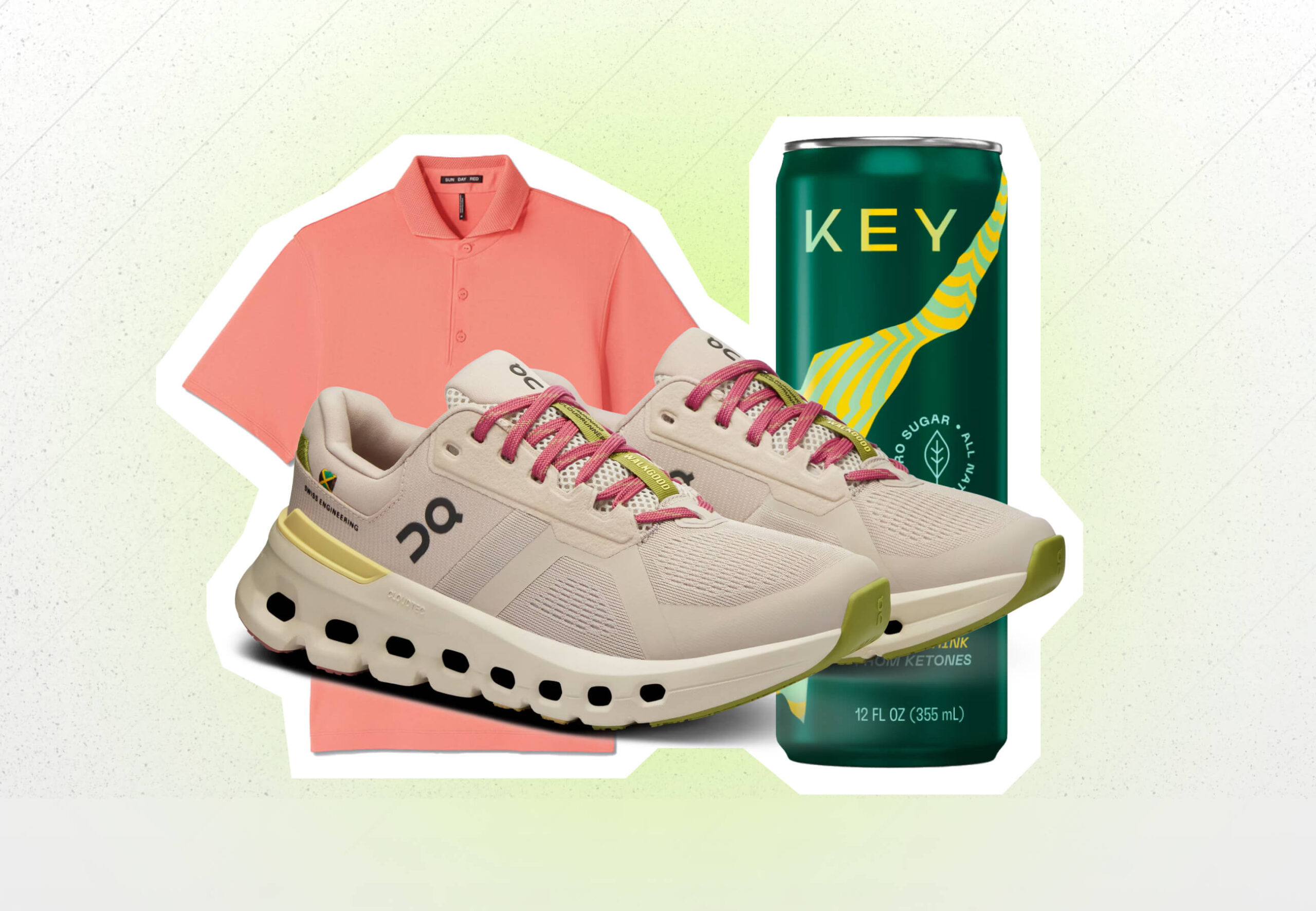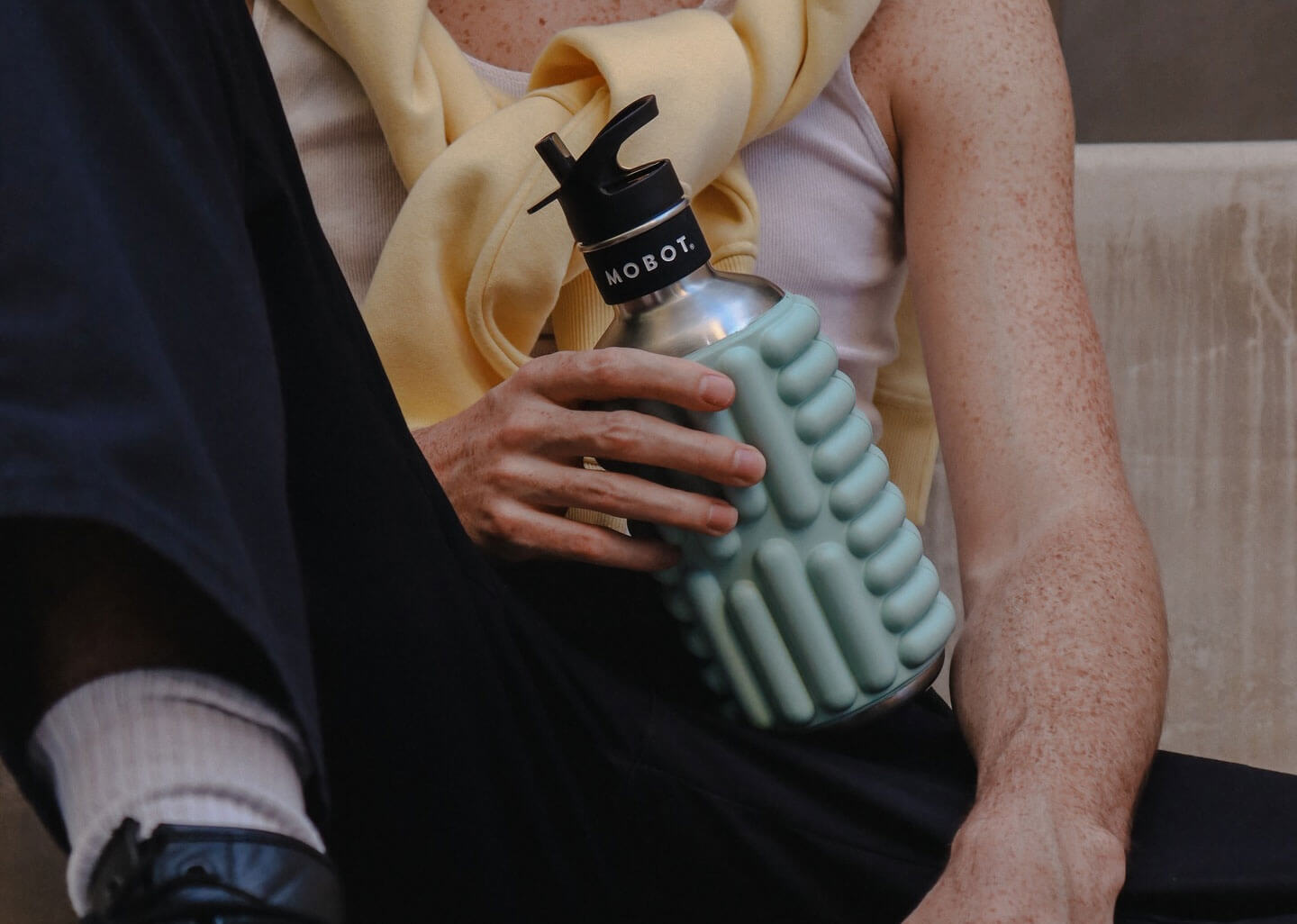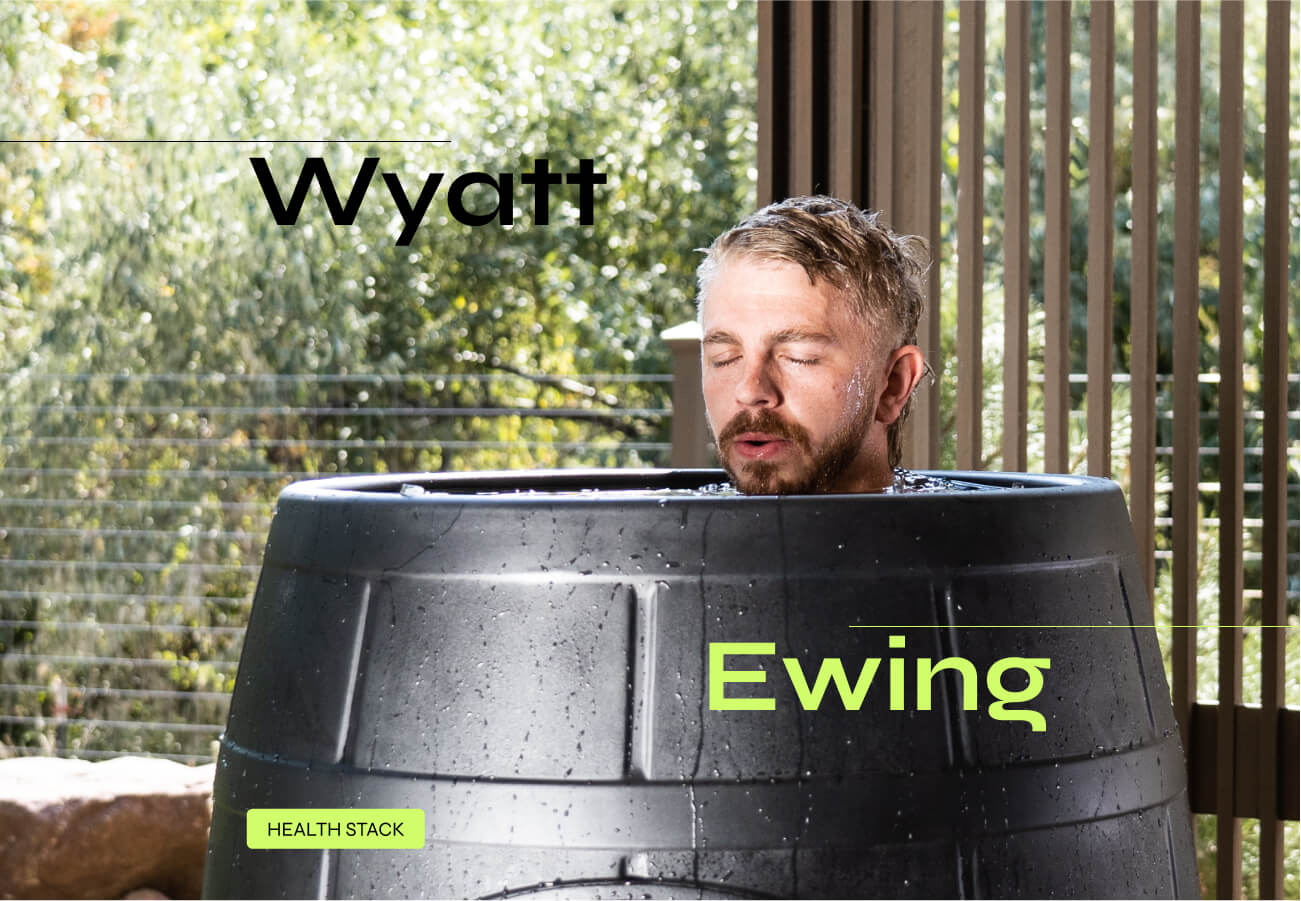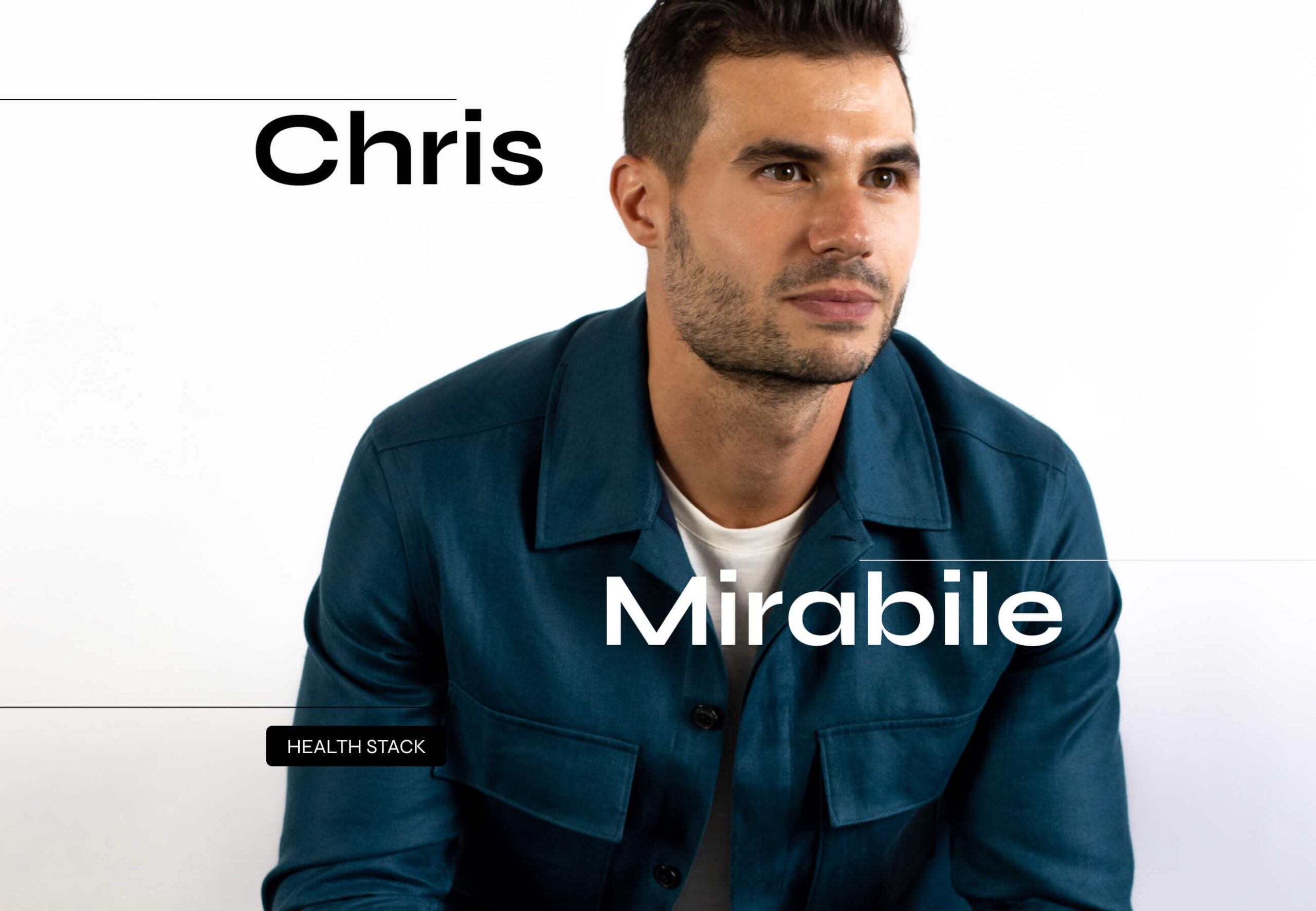Cold plunge benefits: What the science and experts say
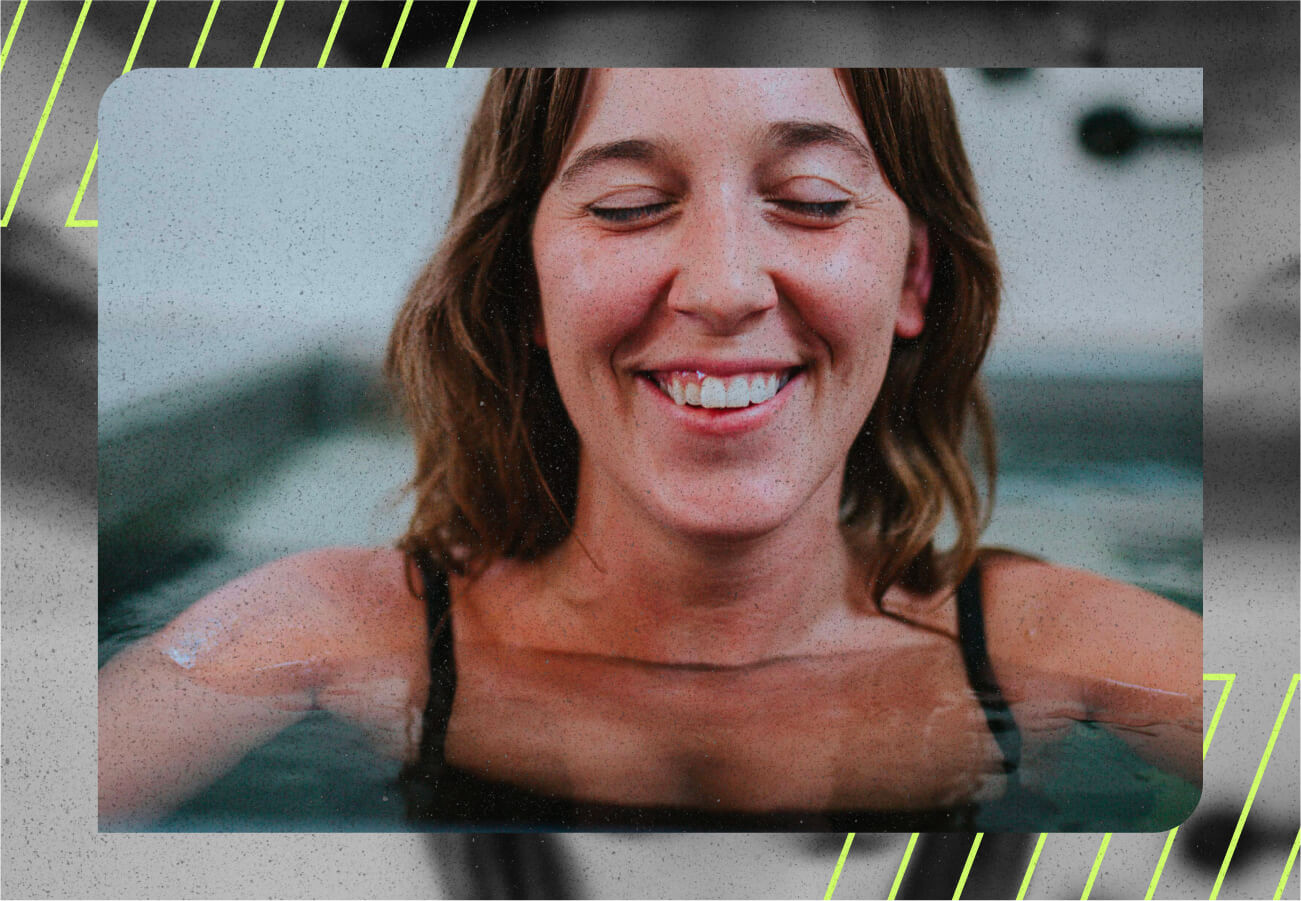
Cold plunging is…hot right now. Whether your gym buddy is dunking into a cold plunge tub in their backyard or your colleagues are hopping into the nearby lake before the work day, this chilly movement seems to be everywhere right now.
While plunging into cold water may seem like a fast track to hypothermia, experts, doctors, and fitness trainers brag on the practice’s benefits — ranging from inflammation reduction to stress relief — if cold plunging is done correctly and safely.
Let’s dive in.
What is a cold plunge?
Cold plunges are one form of cryotherapy, which utilizes cold temperatures to treat health concerns. In this case, cold plunges involve cold water.
“A cold plunge is a quick and simple way to reference cold water immersion therapy. It just means that one is submerging their body in water (usually between 45-50℉) for a period of time to induce physiological changes that benefit your overall health,” said Andrew Lachlan, CEO of Sauna House.
While the trend may just now be taking over social media feeds and health spas, this form of cryotherapy has been around for centuries. Research indicates that ancient Egyptians, Romans, and Greeks, as well as Scandinavian cultures, practiced cold plunging for therapeutic benefits, relaxation, and socialization as early as 3500 BCE.
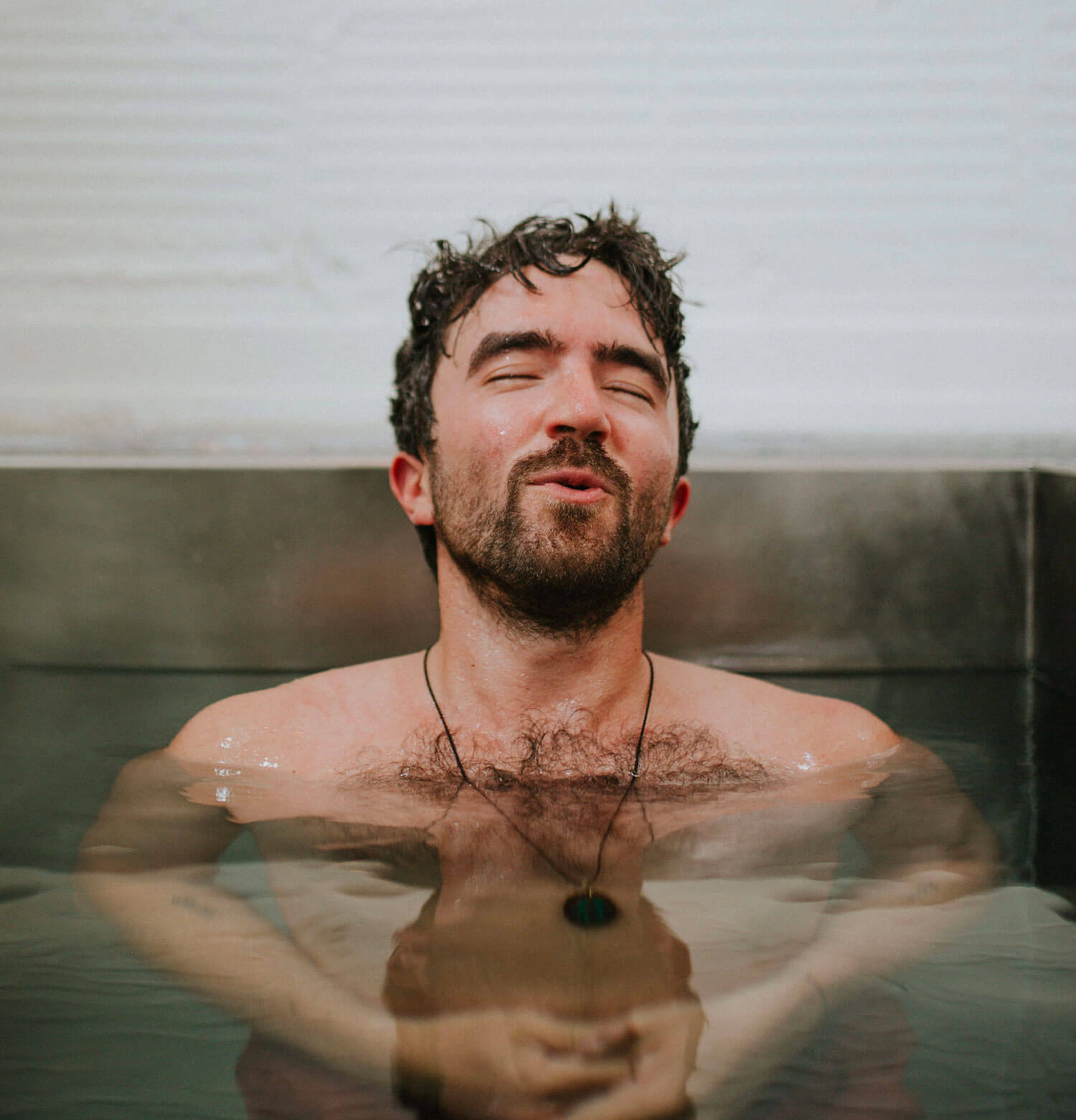
There’s no single “right” way to cold plunge. It can be done in specially crafted, temperature-regulated indoor and outdoor tubs, pools, cold showers or bathtubs, or even cold bodies of water, like lakes, rivers, or the ocean. Some plungers opt to submerge themselves up to their chest with their hands above the water, while more experienced practitioners may soak their entire body.
Unlike heat-based health therapies, cold plunges are on the speedy side of health treatments. While the practice should be individually scaled based on tolerance, experience, and water temperature, experts recommend starting with 30 seconds and building up to two to five minutes at a time. Beginners can start once a week and slowly move to two to three times a week with a goal of 11 total minutes per week.
Similar to individualized length and frequency, the water temperature should be adjusted based on experience and personal cold tolerance. Most cold plunges hover in the 30-59℉ range for maximum health impacts.
Benefits of cold plunges
Most people aren’t diving into frigid water for kicks or to test their chances against hypothermia. Instead, they’re reaping both immediate and long-term physical and mental benefits.
You could decrease inflammation and improved immunity
“Ice baths have shown broad benefits, including decreased inflammation and pain alleviation,” said Dr. Jonathan Leary, founder of Remedy Place.
Cold temperatures narrow your blood vessels, which decreases the blood flow to your muscles, thus reducing inflammation and swelling. This can be helpful for individuals suffering from arthritis, fibromyalgia, or other chronic pain disorders. The immediate inflammation reduction is great, but there’s also evidence that cold water exposure may reduce systemic inflammation, which is known to be a driver of many chronic diseases in the long term.
While many associate cold temperatures with lower immunity, cold plunging has the opposite effect with the potential to boost immunity. Several studies have revealed small increases in the production of white blood cells following cold plunging, suggesting that the immune system might be better equipped to deal with infections.
Enhanced circulation
Cooling down and warming up after a plunge is like a pump to your circulatory system, increasing overall blood flow both short and long term.
“In the cold, your blood vessels contract. When you exit the water, the vessels relax and open, rushing blood back to the surface. This is a workout for your blood vessels, improving circulation,” said Dr. Leary.
This “blood rush” clears out waste and provides tissues with the oxygen and nutrients they need to function. Scientific research suggests that when done regularly, cold plunging can lead to enhanced microvascular adaptations that optimize circulation longer term.
Mood enhancement
Research shows that cold exposure activates the sympathetic nervous system and increases the blood level of specific neurotransmitters, which can result in an anti-depressive effect and a flood of energy.
Another study showed that a cold plunge caused a 250% increase in dopamine (the “feel good” hormone) levels that lasted for hours. The increase in dopamine levels is connected to a reduction in depression and anxiety symptoms and an increase in concentration and alertness.
Outside of the biological evidence, cold plunge practitioners often report a boost in their mood and self-esteem — as they know they can overcome a challenge. It takes strength, resiliency, and self-control to withstand cold temperatures.
“One of the most impactful benefits of cold plunging is teaching you control over your mind and body, especially during a challenge when you feel you may lack it. Conquering the challenge of cold plunging is rewarding, giving a rush of endorphins and dopamine, lifting your mood for hours,” said Dr. Leary.
Metabolic boost
Metabolism is the rate at which your body uses energy to burn calories. When you’re cold, your metabolism spikes as your body works to keep itself warm.
“Cold plunges significantly aid in weight loss and spiking your metabolism, targeting brown fat to influence your fat mass ratio,” said Dr. Leary.
Your body’s typical response to cold is to shiver, producing a series of continuous skeletal muscle contractions that provide heat. This heat production requires energy, boosting your metabolism and burning calories at rest, according to a 2022 study. Moreover, under cold stress, blood flows to your brown adipose tissue, which helps to burn additional calories and contribute to weight loss.
Reduced muscle soreness
Ice baths after a hard workout don’t just feel good — they’re effective. A 2022 study showed that cold water immersion improved muscle soreness and perceived feelings of recovery 24 hours after high-intensity exercise. In a 2023 review, cold plungers also had significantly lower levels of creatinine-kinase, a market of muscle damage and delayed onset muscle soreness (DOMS).
Ultimately, cold plunges can reduce inflammation and swelling associated with a hard workout. When you exit a cold plunge, the nutrient-rich blood flow to your muscles may also push out lactic acid, which contributes to DOMS.
Improved sleep
“For those struggling with sleep, ice baths can greatly enhance sleep quality,” said Dr. Leary.
Cold plunging activates your parasympathetic nervous system, which boosts your mood and relieves stress, making it easier to fall and stay asleep. Morning cold plunges have also shown a positive influence on the body’s circadian rhythm (our internal clock) by signaling to your body the start of a day. By the time evening rolls around, your body is more physically prepared to wind down.
How to get started
Cold plunges are an individual experience — the length, frequency, and water temperature should be scaled based on your tolerance and experience. While it may seem short, soaking up the cold water even for just a few short minutes still provides health benefits.
“Everyone is different, has autonomy, and at the end of the day knows their own bodies better than I do. All you ‘should’ do is what is right for you and take it as it comes,” advises Lachlan.
As you get started, Dr. Leary has a handy checklist:
- Get a coach or someone to guide you through the experience.
- Practice breathwork before to help prepare the body and perform in the cold plunge.
- Don’t jump right out once you get in.
- Bring people along for the journey and accomplish this together.
- Mentally prepare and encourage yourself. It’s normal to be scared and nervous.
- Just like any form of fitness training, it gets better.
Risks and precautions
Before you integrate cold plunges into your routine, Dr. Leary recommends discussing any of the below health risks and medical conditions with a healthcare professional:
- Heart Conditions: People with cardiovascular issues, such as heart disease, high blood pressure, or a history of heart attacks, can be at risk with a cold plunge practice.
- Circulation Disorders: Conditions like Raynaud’s disease, where blood vessels constrict excessively in response to cold, can be aggravated by cold exposure.
- Pregnancy: Pregnant women should avoid cold plunges, as extreme temperature changes can affect blood flow and could potentially impact healthy development.
- Medications: Certain medications, such as beta-blockers, can affect the body’s response to temperature changes.
- Elderly Individuals: Older adults may have decreased thermoregulation capabilities and a higher risk of hypothermia.
For the best cold plunge experience, consider the following precautions:
- Practice safety: Put a buddy system in place so someone can intervene if necessary. Keep an eye on possible safety hazards if you’re in a natural body of water.
- Focus on your breath: “Cold water therapy is often associated with breathwork, and that’s not a bad thing in general. But, there are many people who are getting bits and pieces and combining it all for bad information. So let’s set it straight: don’t do any abnormal breathwork techniques while you’re in the cold plunge. It puts you at risk of shallow water blackout. Take slow, deep breaths,” said Lachlan.
- Listen to your body: If you’re experiencing extreme pain or intense shivering, it’s time to come out of the water and consult a doctor.
- Hydrate: Drink plenty of water before and after the plunge to prepare and replenish your system.
- Post-plunge warmup: After your cold plunge, take the time to gradually warm up your body.
In Conclusion
Opposite of many health and wellness trends, cold plunging has the benefits to back up the practice — both on a physical and mental level.
“Just do it. I have never heard anyone step out of an ice bath and say they wish they never did it. I honestly think it is one of the most impactful things you can do for your health in the shortest period of time,” concluded Dr. Leary.

 Published on Feb 27, 2024 by
Published on Feb 27, 2024 by 




